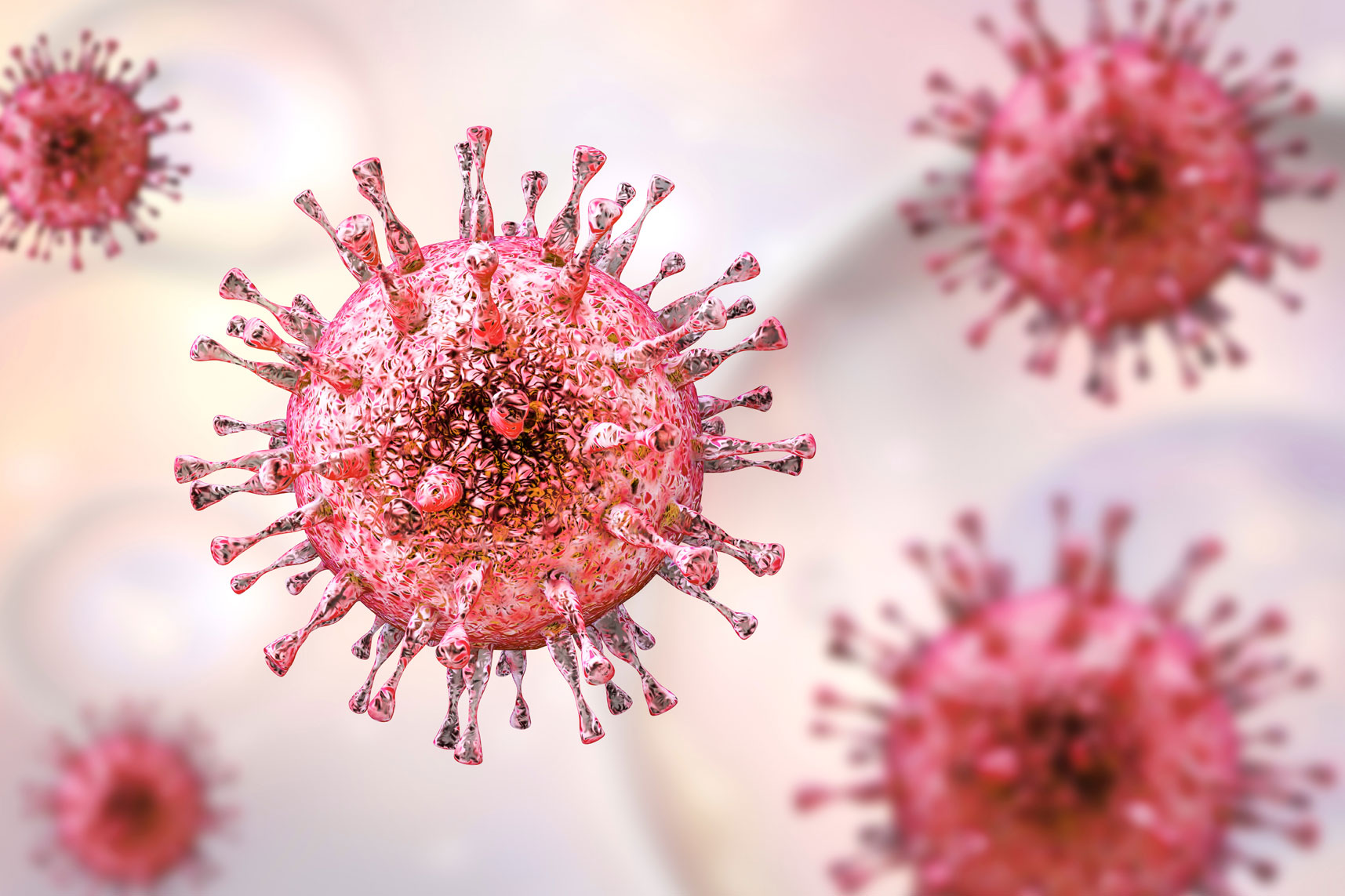
Cytomegalovirus and Blood Donation – What You Need to Know
Did you know that June is National Cytomegalovirus (CMV) Awareness Month? If not, you are definitely not alone. In fact, 91% of women don’t even know what CMV is. But not to worry, we are here to share what you need to know about Cytomegalovirus and blood donation.
CMV is so common that most of us have actually been exposed to the virus at some point in our lives — the Center for Disease Control (CDC) estimates that between 50 and 80 percent of people in the U.S. have had a CMV infection before age 40. But because it is harmless to healthy people with healthy immune systems, many people likely haven’t even realized it. The most common symptoms are cold and flu-like: fever, sore throat, fatigue, and swollen glands. These symptoms typically only last up to a few weeks, and most often aren’t any cause for concern.
However, the virus is potentially dangerous to individuals who are immunocompromised due to organ transplants, HIV/AIDs infection, chemotherapy, or specific medications. The virus can also cause “severe disease” in infants who contracted the virus before birth…this type of CMV is called congenital CMV.
1 in 200 children is born with CMV, making it the most common virus that infants are born with in the U.S. Congenital CMV can be passed to an infant if the mother is exposed to CMV, then the virus passes through the placenta to the fetus. Congenital CMV is the number one cause of non-genetic sensorineural hearing loss (SNHL) in children, and can also developmental disabilities, microcephaly, and in very rare cases, death.
However, there are steps you can take to try to prevent CMV infection. Many pregnant women including mothers, teachers, day-care workers, and nurses, contract CMV through contact with the body fluids of young children. So if you are pregnant or planning to become pregnant, here are a few methods you can use to help reduce your risk:
- Do not share food, drinks, utensils, or straws
- Do not put a pacifier in your mouth
- Avoid contact with saliva when kissing a child
- Do not share a toothbrush
- Wash your hands, especially after:
- Wiping a child’s nose or mouth
- Changing diapers
- Feeding a child
- Handling children’s toys
At SBC, we are also doing our part to mitigate the risk of CMV infection. In 1980, we developed and adopted early tests for CMV…in fact, we were the first blood center in the world to routinely test for it. Today, we screen every single donation for CMV, which prevents transmission of the virus to newborns. To learn about other tests SBC pioneered that have ensured the safety of the blood supply, visit our timeline at stanfordbloodcenter.org/timeline.
Sources:
https://www.nationalcmv.org/
https://www.cdc.gov/cmv/
https://www.ncbi.nlm.nih.gov/pmc/articles/PMC3082510/
